Top Strategies for Supply Chain Optimization Services
Understanding Supply Chain Optimization
In today's fast-paced global market, businesses are constantly seeking ways to enhance efficiency and reduce costs. One of the key areas to focus on is supply chain optimization. By refining the processes involved in sourcing, production, and distribution, companies can achieve significant improvements in efficiency and customer satisfaction. But what exactly does supply chain optimization entail?
Supply chain optimization involves analyzing and improving the various components of the supply chain to ensure that goods and services are delivered in the most efficient and cost-effective manner. This requires a comprehensive approach that considers everything from supplier relationships to logistics management. Let’s explore some top strategies to achieve this.

Enhancing Supplier Relationships
An effective supply chain starts with strong supplier relationships. Building trust and collaboration with suppliers can lead to better pricing, improved quality, and more reliable delivery schedules. Companies should focus on creating long-term partnerships rather than short-term transactions.
Regular communication and performance evaluations are crucial. Implementing a supplier relationship management system can help monitor supplier performance and identify areas for improvement. By fostering a collaborative environment, businesses can work closely with suppliers to streamline processes and reduce costs.
Implementing Advanced Technologies
The integration of advanced technologies such as Artificial Intelligence (AI), machine learning, and the Internet of Things (IoT) can transform supply chain operations. These technologies can provide real-time insights into inventory levels, demand forecasting, and route optimization.
For instance, AI can be used to predict demand patterns, allowing companies to adjust their inventory levels accordingly. IoT devices can track shipments in real-time, providing valuable data on delivery times and potential disruptions. By leveraging these technologies, businesses can significantly enhance their supply chain efficiency.

Optimizing Inventory Management
Inventory management is a critical component of supply chain optimization. Excess inventory ties up capital, while insufficient stock can lead to missed sales opportunities. Implementing an efficient inventory management system can help balance these challenges.
Techniques such as Just-in-Time (JIT) inventory or Vendor-Managed Inventory (VMI) can minimize waste and reduce storage costs. By maintaining optimal inventory levels, businesses can respond quickly to market demands while keeping costs under control.
Streamlining Logistics and Transportation
Effective logistics management is essential for a streamlined supply chain. This involves optimizing transportation routes, improving warehouse operations, and ensuring timely deliveries. Companies should leverage data analytics to identify the most efficient transportation routes and methods.
Using a Transportation Management System (TMS) can help automate the planning and execution of transportation processes. This not only reduces costs but also enhances delivery reliability and customer satisfaction.

Emphasizing Sustainability
Sustainability is becoming increasingly important in supply chain management. Implementing environmentally friendly practices not only benefits the planet but can also improve a company's brand image and reduce costs in the long run.
Companies can focus on reducing waste, opting for sustainable materials, and minimizing carbon emissions in their operations. By incorporating sustainability into their supply chain strategies, businesses can meet regulatory requirements and appeal to eco-conscious consumers.
Continuous Improvement and Monitoring
Supply chain optimization is not a one-time project but an ongoing process. Regularly reviewing and analyzing supply chain performance is essential for identifying areas for improvement. Businesses should establish key performance indicators (KPIs) to monitor progress and measure success.
Engaging in continuous improvement initiatives such as Six Sigma or Lean methodologies can help companies refine their processes and achieve greater efficiency. By fostering a culture of continuous improvement, businesses can stay competitive in an ever-changing market.
